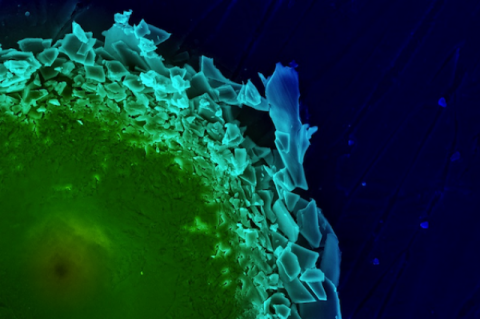
New Armor Inspired by Oysters
Introducing the latest in bioceramic armor: lightweight and transparent yet tough-as-nails, and totally inspired by the natural exoskeleton of a bivalve mollusk.
The defensive armor of the windowpane oyster (Placuna placenta) is incredibly resistant to penetrating attacks and damage -- a surprising fact given how it’s 99 percent calcite, a weak and brittle mineral. (The other 1 percent is an organic material, and not adamantium or anything.) The outer shell even stays transparent despite suffering multiple blows, which can’t be said for manmade windshields or visors. Some Indian and Philippine cities have used the translucent shell for lampshades and as cheaper alternative to window glass.
Pure calcite shatters easily. But when Ling Li and Christine Ortiz of MIT probed the “penetration resistance” and deformation mechanisms of the marine creature, they learned that the shells are arranged into thin layers that reorganize when stressed. The shells’ unique properties, they discovered, are a result of a specialized nanostructure that allows for: optical clarity, efficient energy dissipation, and the ability to localize deformation.
